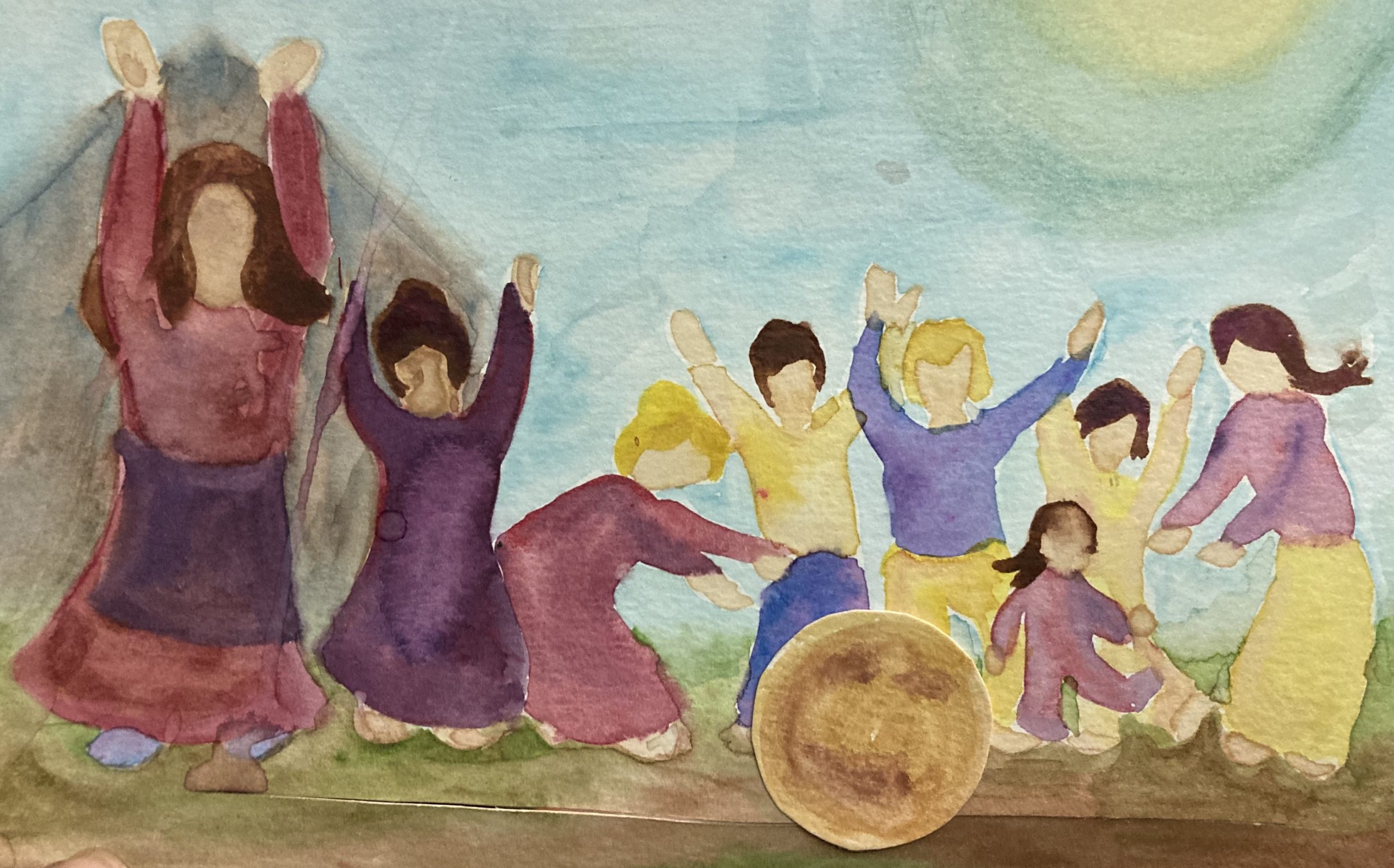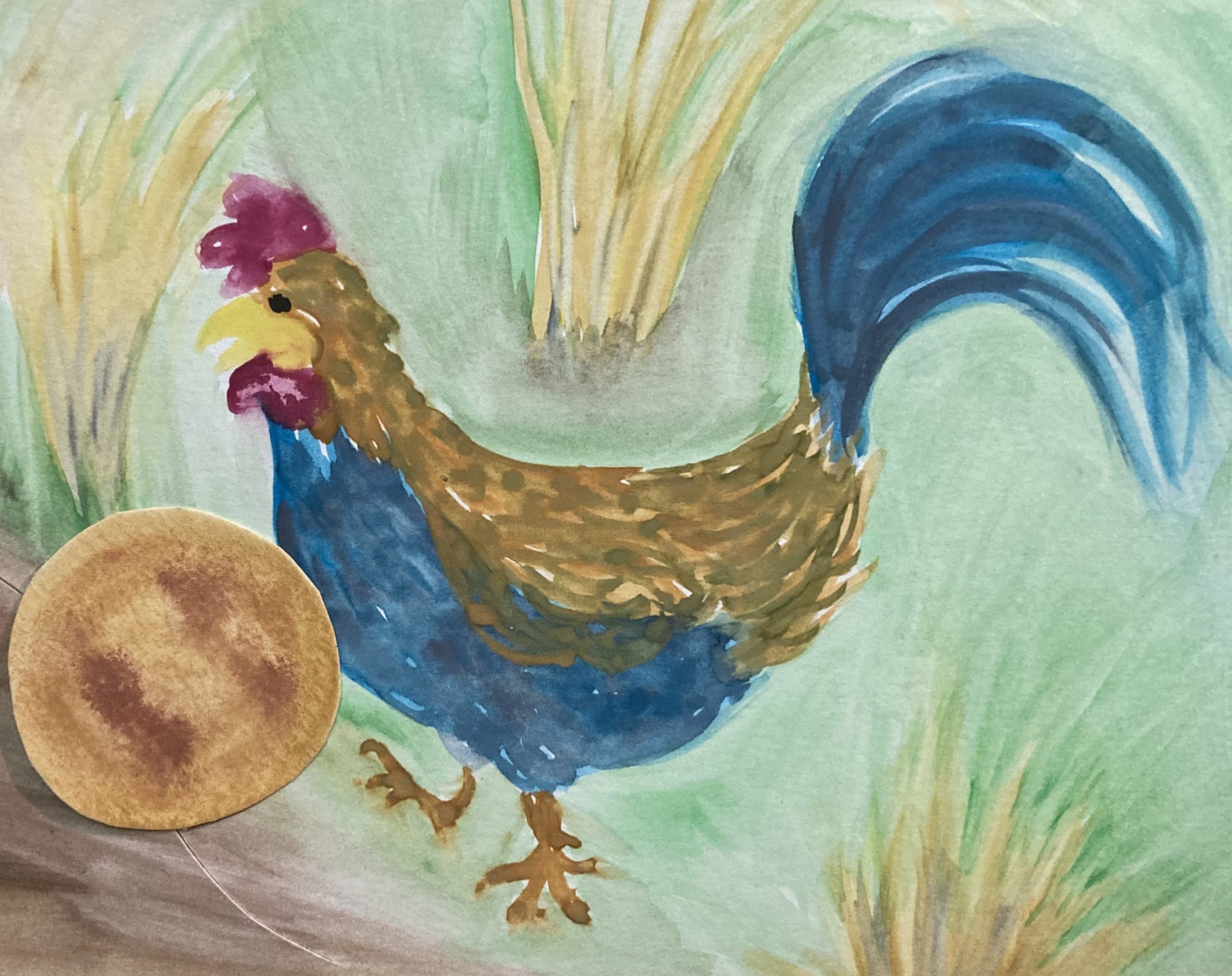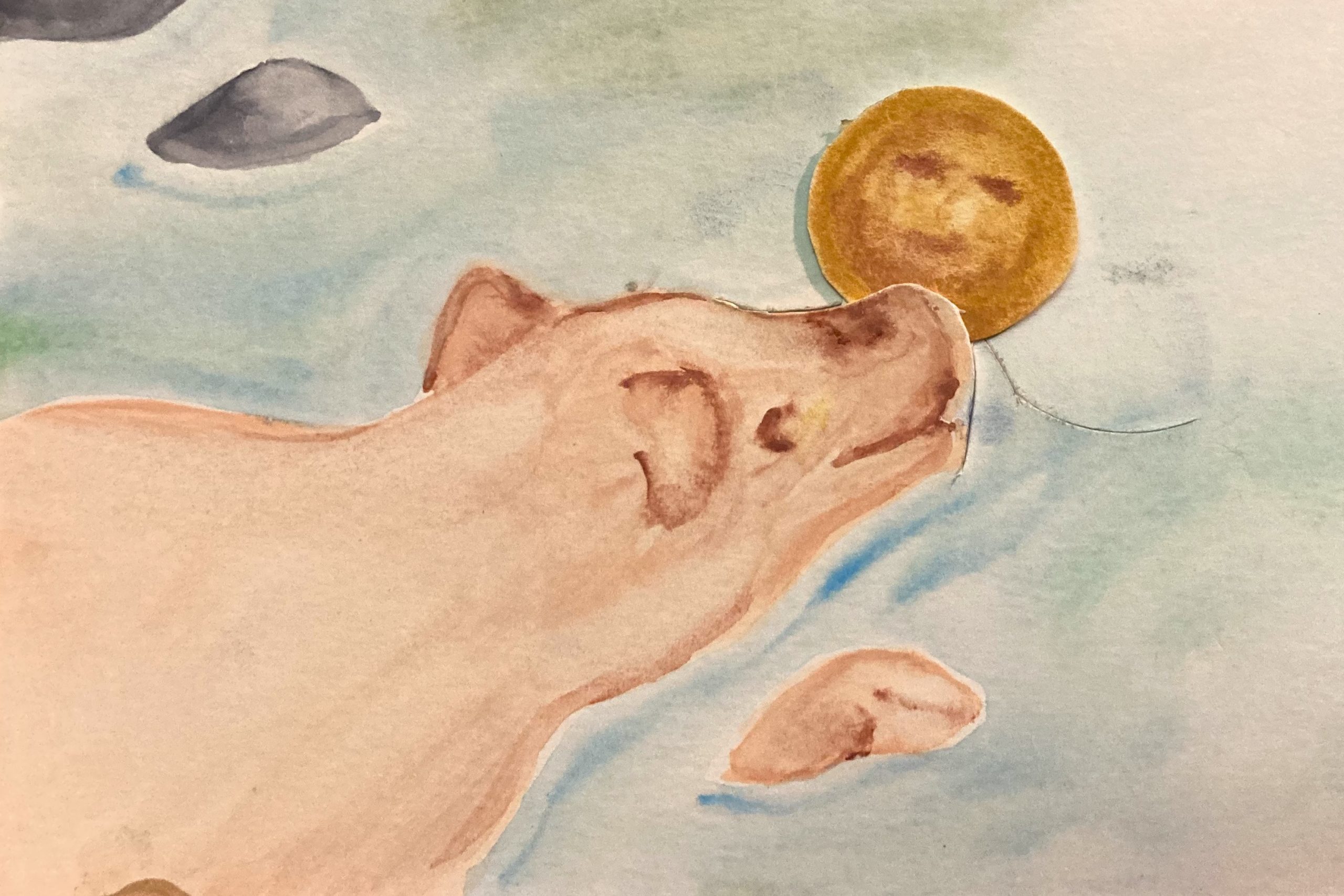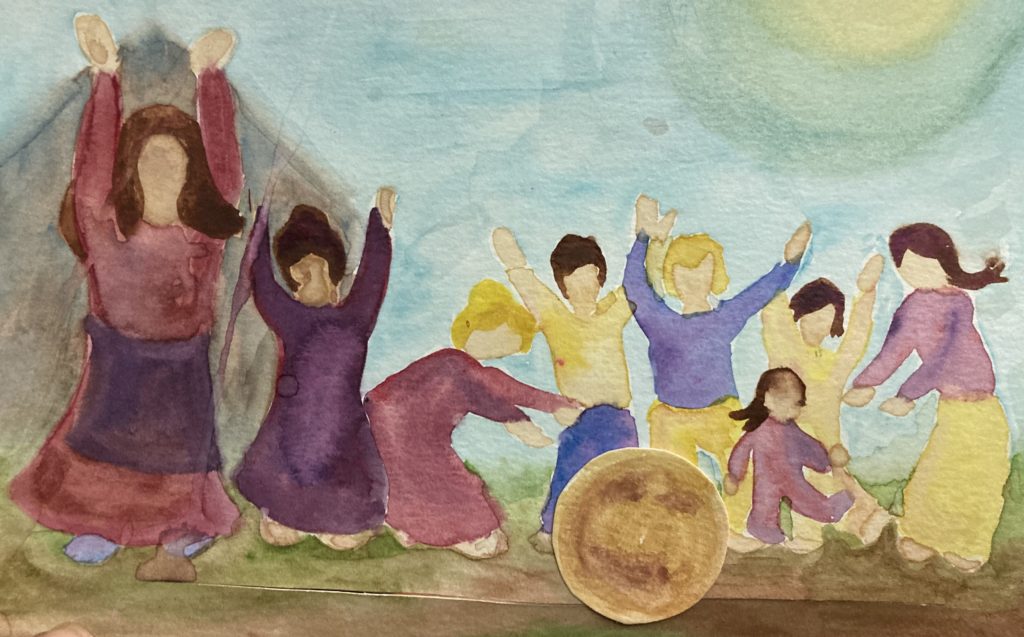March 20, 2022

As an early childhood educator, one of my favorite ways to bring a story is with moving pictures. Originally, the impact of such a simple artistic representation took me by surprise. Even with a group of children whose media exposure is moderated, when the larger cultural context is full of sensationalism and glitzy entertainment, it might seem that an uncomplicated illustration with “moving” paper parts would grab little attention. To the contrary, I found the children to be in awe of my creations.
I believe it is the simplicity that allows for the magic. Materials so familiar to them- paper, paint, crayon or pencil- come to life in “real time” with a well-told story. At three years old, they are mesmerized, watching the moving parts dance across the paper. At five they engage with the puppetry in a fresh way, really wondering “how” it is happening; and, then, asking for paper and crayons, wanting to figure it out. The magic of moving pictures imbues the children’s relationship to these real materials with new meaning and endeavor.
I love to explore the union of practical and artistic, uplifting the mundane into beauty. For this reason, the simplicity of moving pictures appeals to me. They also make puppetry more accessible. Wool felted puppets and silks feel ethereal, and puppet shows with them can be enchanting and dreamy. Hand sewn or wood carved puppets can be exquisite and beautiful, too. But all of these can be quite expensive, and require both specific skills and long periods of time to create. I discovered that a story well practiced with moving pictures can also be enchanting, with a therapeutic dose for our fast and flashy times.

Behind the magic of the story, these creations can have a very basic construction. For a moving picture set I created for The Pancake, I used thick paper, watercolor paints, an exacto knife, and tape. I cut slits for the pancake’s rolling journey through several scenes, and attached the pancake to a strip of paper that hides behind the picture. Very simple, and yet lovely; with careful handling and protection, it has been used for years. Moving pictures can also become more complex as skill is acquired. I have learned to use brads and tabs, windows, pop-ups and gears, still with little cost. And beyond stories, I have illustrated nursery rhymes and birthday card gifts. Learning to create moving pictures can become quite a versatile capacity for early childhood care providers and parents.

I have included a few of the scenes from my Pancake Story. Here is a version similar to the one I enjoy telling. My “big kids” loved silly names such as “Manny Panny” and “Piggy Wiggy.”
The Pancake by Lisa M. Ripperton
And a simpler version that could be told to younger children.
The Pancake by Hariette Taylor Treadwell
Happy Spring!


Enchanting, Acacia! And thank you for your encouragement to all of us that we can do this!!